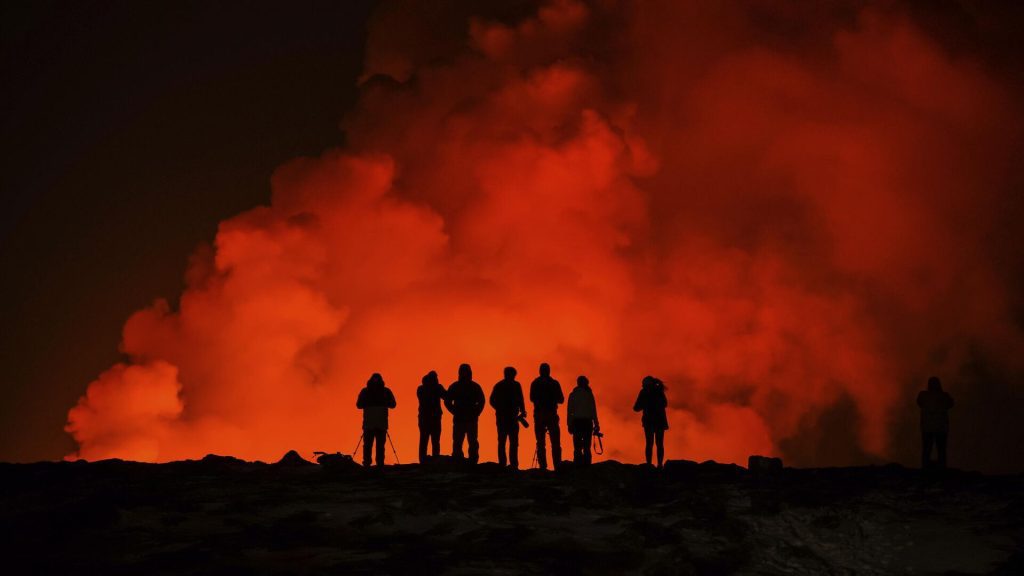A The volcanic eruption in Iceland's Reykjanes Peninsula in the southwest of the country, which started in March, has ended, according to the country's meteorological service.
⠀
“Experts from the Department of Civil Protection and Emergency Response flew drones over the eruption site of Mount Sundhnukur last night (local time) – there was no activity in the crater. Volcanic activity was decreasing yesterday, and no lava spatter was visible from the crater last night. This volcanic eruption, which lasted almost 54 days, has thus ended,” the weather service said in a statement.
⠀
However, the department notes that the buildup of magma under the Svartsengi volcanic system is ongoing, and there is a chance that magma will soon return to the Sundhnukagigar series of craters.
⠀
In March, it was announced that a volcanic eruption began on the Reykjanes Peninsula in Iceland, and authorities evacuated residents of the town of Grindavik.
⠀
Iceland is known for its significant volcanic activity, housing several mountain-volcanic systems. In 2010, the eruption of the Eyjafjallajökull volcano caused air traffic issues over much of Western Europe.
⠀
The Fagradalsfjall volcano, located just seven kilometers from Grindavik and about 30 kilometers from Iceland's capital, Reykjavik, had been inactive for 6 thousand years; on March 19, 2021, it began erupting. This followed a series of over 40 thousand small earthquakes recorded on the Reykjanes Peninsula. Subsequently, the volcano erupted multiple times.



